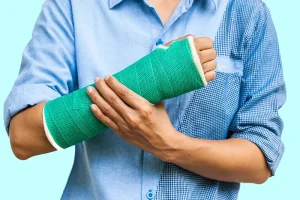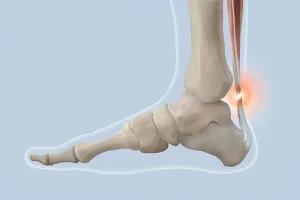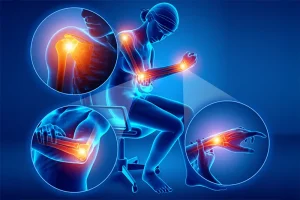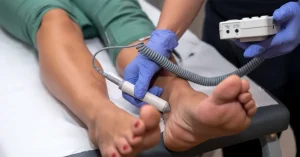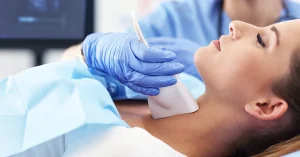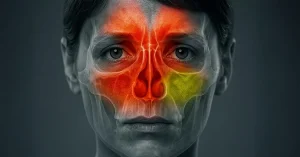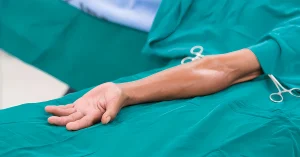Pain in the lower leg, especially from the knee down, can have various causes, from minor injuries and overuse to complex neurological or inflammatory conditions. When the pain becomes persistent, appears suddenly without an obvious cause, or does not improve with standard treatments, a thorough medical evaluation is crucial. Early intervention in a specialized clinic, where multidisciplinary teams work together, ensures an accurate diagnosis, effective treatment, and the prevention of long-term complications.
What Causes Lower Leg Pain?
Lower leg pain may feel diffuse, constant, sharp, or like muscle cramps, depending on the underlying cause.
Neurological Causes
Possible neurological causes include:
- Peripheral neuropathy: Common in people with diabetes or autoimmune diseases. It causes tingling, numbness, and muscle weakness.
- Radiculopathy: Often due to herniated discs or other degenerative spinal conditions, leading to pain that radiates along the nerve pathway.
- Tarsal tunnel syndrome: Compression of the tibial nerve, which causes pain and a burning sensation in the foot.
Neurological pain may also come with numbness, tingling, muscle weakness, or problems with coordination.
Non-Neurological Causes
Besides nerve-related causes, other conditions should be ruled out:
- Osteoarthritis: Damage to joint cartilage that causes inflammation and persistent pain.
- Rheumatoid arthritis: An autoimmune condition that affects the joints, causing pain and stiffness.
- Fibromyalgia: Known for muscle tenderness and chronic fatigue.
- Vitamin D or calcium deficiency: May lead to weak bones and frequent muscle cramps.
- Viral or bacterial infections: Illnesses like influenza or Lyme disease can trigger muscle and joint inflammation.
- Endocrine or metabolic disorders: Conditions like diabetes, hypothyroidism, or gout can cause lasting leg pain.
Recommended Tests for Lower Leg Pain
To find the exact cause, your doctor may suggest:
- Blood tests: To check for inflammation, autoimmune markers, or vitamin and mineral levels.
- X-rays or MRI: To evaluate the joints and detect any bone damage.
- Musculoskeletal ultrasound: To assess soft tissues and pinpoint inflammation.
- Functional tests: To measure mobility and joint function.
How Can We Help You at VenArt Clinic?
Early diagnosis and prompt treatment help manage symptoms better, slow disease progression, prevent complications, and maintain a good quality of life.
At VenArt Clinic in Cluj-Napoca, our team of orthopedic specialists is ready to identify the cause of your pain and recommend the best treatment to restore your mobility.
For knee-related pain, VenArt Clinic offers:
- Knee arthroscopy: Effective for meniscal injuries, instability, or chronic inflammation. This is a minimally invasive procedure with quick recovery.
- Total knee replacement: In advanced osteoarthritis, the damaged joint is replaced with a modern prosthesis, helping restore movement and relieve pain.
Treatment for Numbness in Your Lower Leg
If you have numbness and pain, we may recommend:
- Hallux Valgus (bunion) surgery: Corrects the bony bump at the base of the big toe, which can cause pain, redness, and difficulty walking. Realignment reduces joint pressure and discomfort.
- Physical therapy and minimally invasive treatments: To address musculoskeletal problems that affect mobility and quality of life.
Early Diagnosis of Leg Pain Matters
Lower leg pain can have many causes and should not be ignored, especially if it persists or worsens over time. Early detection and treatment are essential to prevent complications and ensure the best possible recovery.
If you are experiencing unclear or persistent leg pain, the orthopedic specialists at VenArt Clinic are here to find the cause and help you feel better. Talk to us and see how we can help with your lower leg pain.



